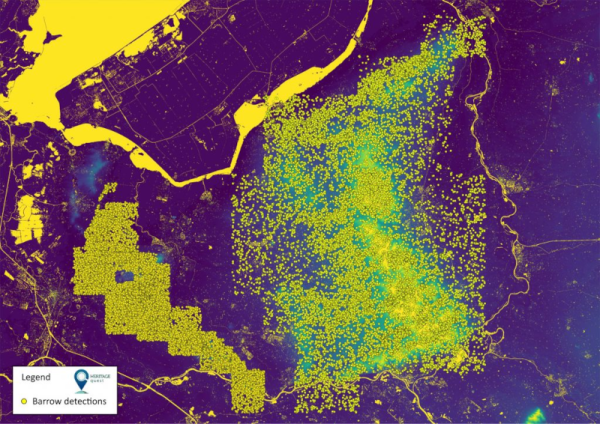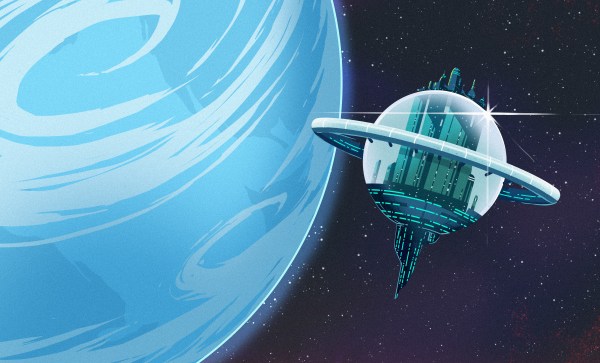NASA’s been recruiting citizen scientists lately, and their latest call is looking for help from ham radio operators. They want you to make and report radio contacts during the 2023 and 2024 North American eclipses. From their website:
Communication is possible due to interactions between our Sun and the ionosphere, the ionized region of the Earth’s atmosphere located roughly 80 to 1000 km overhead. The upcoming eclipses (October 14, 2023, and April 8, 2024) provide unique opportunities to study these interactions. As you and other HamSCI members transmit, receive, and record signals across the radio spectrum during the eclipse, you will create valuable data to test computer models of the ionosphere.
The upcoming eclipses are in October of this year and in April 2024, so you have some time to get your station in order. According to NASA, “It will be a fun, friendly event with a competitive element.” So if you like science, space, or contesting, it sounds like you’ll be interested. Right now, the big event is the Solar Eclipse QSO Party. There will also be a signal spotting challenge and some measurements of WWV, CHU, AM broadcast stations, and measurements of the ionosphere height. There will also be some sort of very low-frequency event. Details on many of these events are still pending.
Hams, of course, have a long history of experimenting with space. They routinely bounce signals off the moon. They also let radio signals bounce off the trails of ionized gas behind meteors using special computer programs.



















